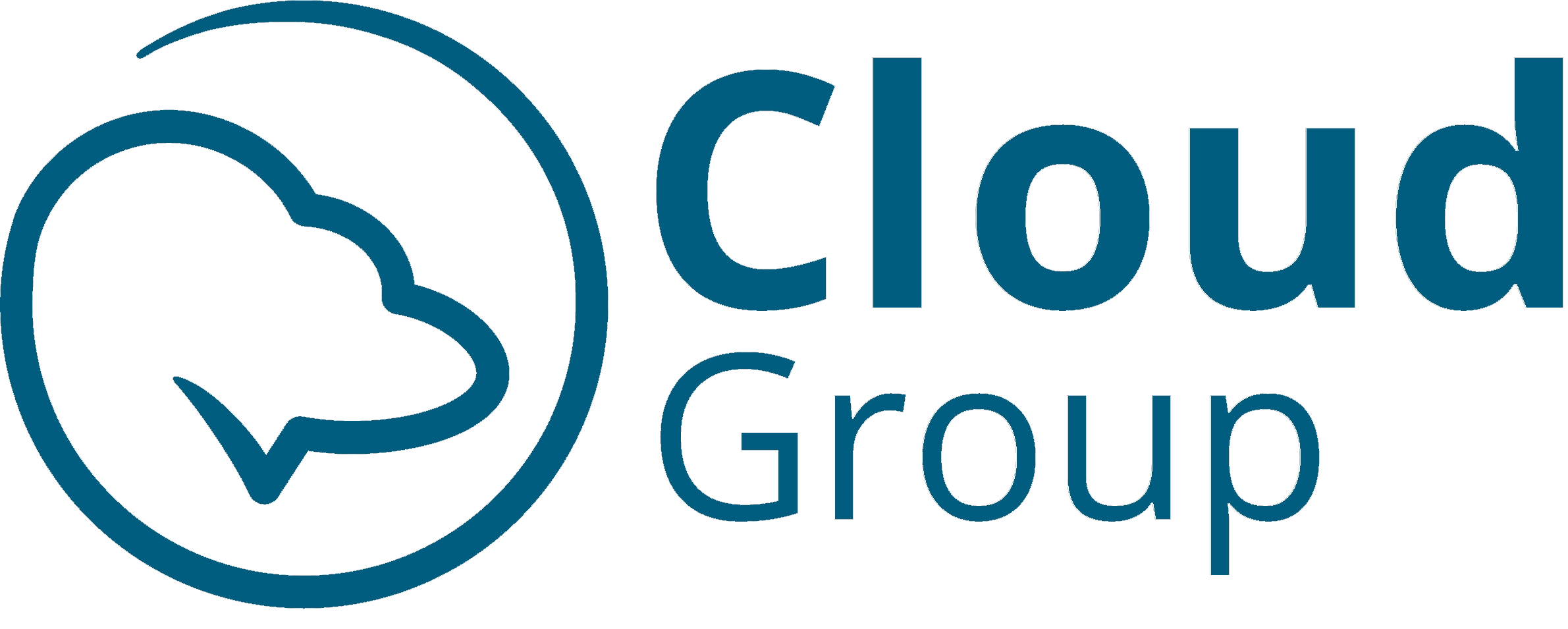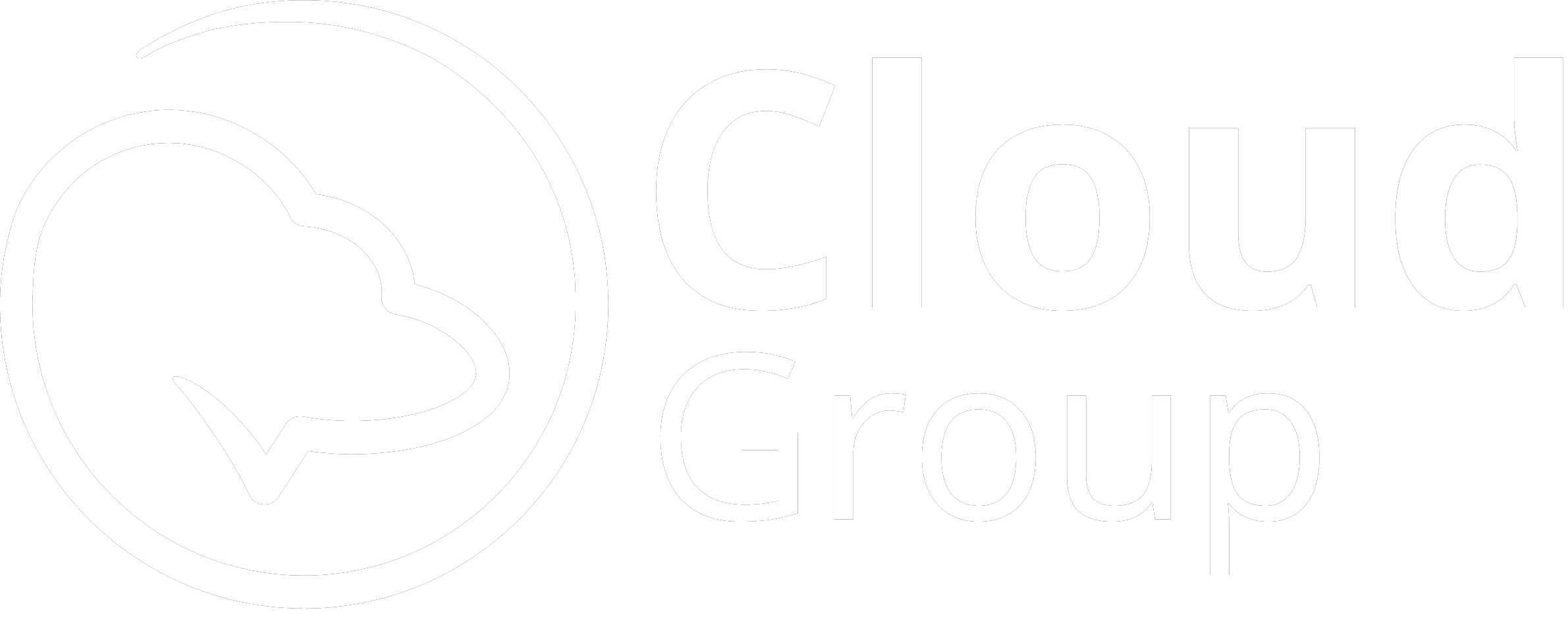From Physical Telephone Exchange to Cloud

When companies in the early twentieth century installed their first telephone exchanges, it meant a revolution in business communication.
Did you know that these first telephone exchanges were operated entirely manually by telephone operators, who had to connect calls by hand? A conversation with a customer or supplier was then literally dependent on human links, which seems almost unthinkable today.
With the advent of Private Branch Exchange (PBX) systems in the '60s and '70s, companies gained more control over their own internal and external communication. But those classic PBX systems required significant investments in hardware and maintenance. Flexibility? That was limited, especially when a company grew or moved.
The real turnaround came with the rise of VoIP (Voice over IP) and later Cloud Telephony. Companies no longer need to install a physical telephone exchange at the office; everything now runs securely in the Cloud. Calls go through the internet, which offers not only scalability, but also flexibility and cost savings.
Legislation and technological standards, such as encryption protocols for VoIP communication, also play a crucial role in protecting business conversations against eavesdropping or data leaks. Today, things like integration with CRM systems, advanced call routing and mobile accessibility are standard - something that could only be dreamed of in the past.
A modern telephony solution today is not only a way to make calls, but also a strategic advantage for your organization in terms of flexibility, continuity and customer focus. This way you can call anywhere in the world on behalf of your organization, as if you were in the office.
Is your organization already calling futureproof in the Cloud?



